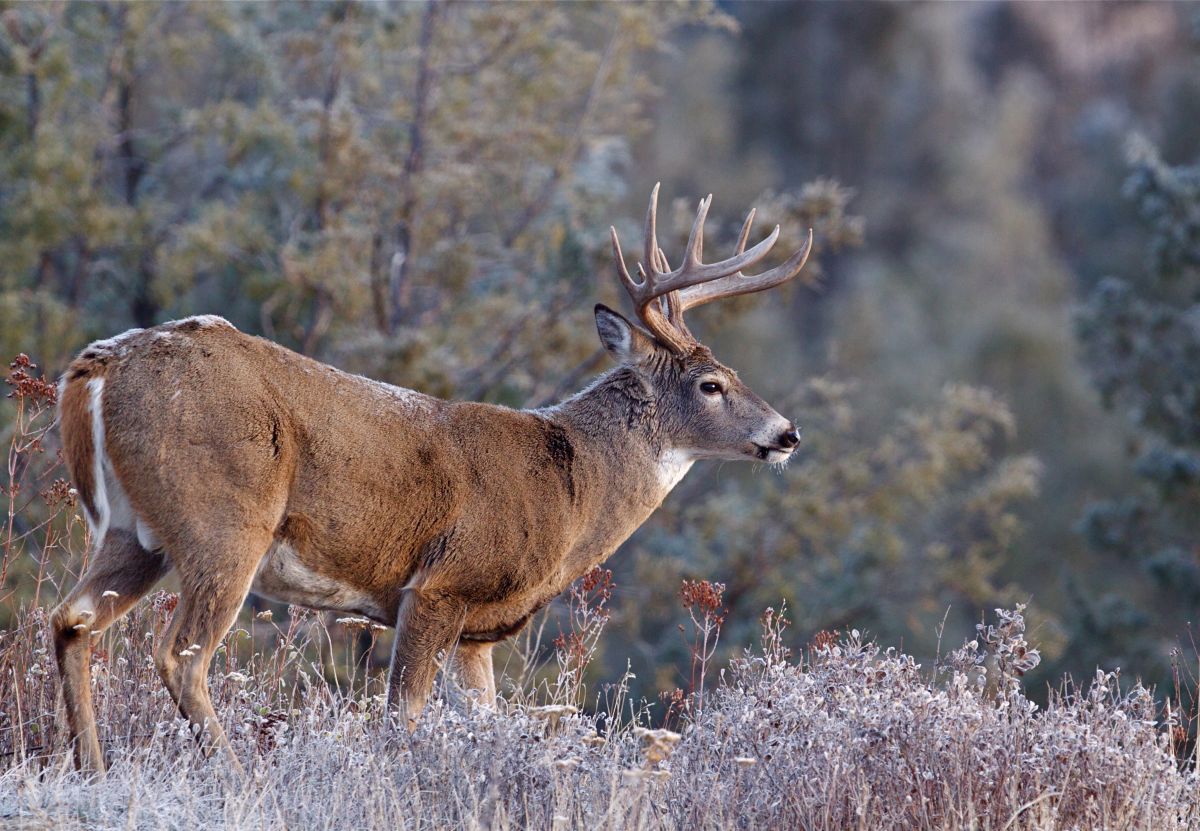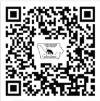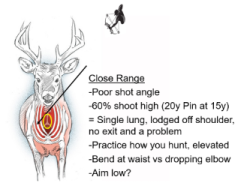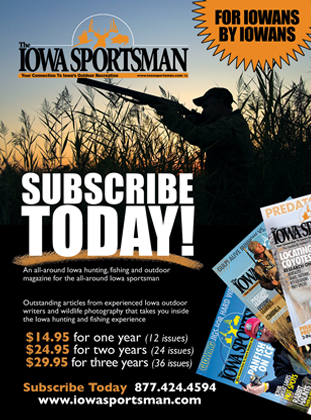Deer Recovery – Increase Your Odds

Deer Recovery – Increase Your Odds for Success
In this article we will cover a few quick tips, tricks and lessons learned in reducing wounding rates and increasing your recovery rates.
Proper shot placement
Practice your shot and hone your skills months in advance and make sure all your equipment is in working order. Make sure your bow and arrows are tuned and tuned to you personally. Be mindful how you hold your bow and avoid torque that can affect arrow flight. An out of tune arrow not connecting squarely with the animal can easily reduce penetration by 10-20%. Results show a 35% greater chance of a recovery with a full pass-through. Lethality guidelines and tables are being researched and developed. “The goal of every bowhunter should be to achieve the most penetration possible on an animal, with the intent of a full passthrough.” Dr. Ed Ashby
Sharp Broadheads are essential. I encourage everyone to double check the sharpness. Many new out of the package broadheads still require sharpening to be razor sharp. Practice discipline, self-restraint and ethical shots. Data is being collected in Iowa and several surrounding states on shot placement, penetration, wait times, shot angle, shot distance, and broadhead/arrow setups. It has been found that research, outreach and hunter education is important in reducing wounding rates.
Shot Distance Data Results
Many people including myself initially assumed that the majority of the wounded and non-recovered deer would be at longer range. Data collected showed the average archery shot distance was 22 yards. Shots over 38 yards were uncommon. A somewhat surprising result, the majority of non-recovered deer were shot under 18 yards.
Why? Poor shot angle on the vitals from an elevated stand at close range. The top archery sight pin is commonly set at 20 yards and mistakenly used for shots inside of 20 yards. Practice how you hunt. Preseason/practice shooting and pin sighting is often complete at ground level and little practice from a stand with elevation. As a result, there is a tendency to hit high at close range deer when shooting from an elevated stand. A change in shooting form. About 40% of bowhunters are dropping their elbow and not bending at the waist, which often results in a high shot.
In summary, the shot placement is typically high and at a steep angle resulting in a single lung shot, no pass through with the arrow lodged in the off shoulder. Certainly, practice and shot placement is key, but one suggestion could be to aim slightly lower than normal and error on hitting lower, this can also be helpful when the deer “duck the string”.
Pay Attention Immediately After the Shot
After the shot, stop, stay put, settle down and determine where you hit the deer. Note the deer’s reaction and how it ran off. Interpret evidence at the hit site: Blood type (Lung, Liver, Muscle or Gut) its color and pattern. For example, air bubbles in the blood doesn’t always mean lung blood, muscle blood can also contain bubbles. Note hair type and any bone fragments. Interpret evidence found on the arrow and broadhead including penetration and what it smells like. Don’t immediately clean the arrow. Take pictures and ask for help in interpreting the evidence if needed.
Decide When & How to Track and Recover
It is extremely important to know your wait times and develop a recovery plan! Tracking to soon is one of the main reasons why mortally wounded animals travel a long distance and make recovery difficult or impossible. Tracking to slow may cause the meat to spoil or have higher chances of scavengers consuming the animal. Reading the clues and knowing proper wait times will aid in more successful recoveries. When in doubt, back out. Common issues especially noted by trackers are tracking too soon and bumping a liver or gut shot deer. When bumped out of the 1st bed, there is often little to no blood trail to follow up on. Bumping can also result in the deer traveling onto the neighboring property where tracking isn’t possible. “Dead in 1st bed is the best”.
Liver shots are especially challenging. Guidelines suggest 6-9 hours. Tracker data shows a lot of variability, a low liver shot deer at times can die under 6 hours and a high liver or a marginally hit liver on large mature deer can occasionally still be alive at 18 hours. Gut shot deer wait times really vary as well. It is not uncommon for a sceptic deer to still be alive at 32 hours, some die under 4 hours. In short, it is important to know where you exactly hit the deer and the difference between a high vs low liver shot or which part of the stomach or liver was hit when determining your recovery plan. Ninety eight percent of these shots are fatal, it is important to be patient and not give up too soon.
Have a stick-to-it, never-give-up attitude. From experience, Patience is a tough one, but time is often on your side in allowing the animal to expire. Have a backup recovery strategy, especially if the trail is lost temporarily, lost by rain or snow or if the blood trail disappears.
Call in the Dogs
If you unfortunately lose a blood trail a blood-tracking dog is another extremely successful and proven method. The term blood-tracking dog is a bit of a misnomer. Usually when a dog is called in there is little to no visually blood trail, so the dog must rely on other scent left behind by the deer including the interdigital scent gland found between the deer’s hooves. It is very important to stay off of the scent trail. Grid searching prior to the dog’s arrival, especially with several buddies, can create multiple false scent trails as well as degrade the scent trail.
Place markers from the shot site to last known blood to help the handler guide the dog to the best starting point. Do not grid search if a dog is coming, wait for the dog to maximize your odds of recovery. An experienced well-trained dog can recover deer 24-40 hours after the shot. Once a track reaches about 40-60 hours old it will become difficult for most dogs. Rain and snow under 3” is seldom a problem. Feel free to reach out to a tracker to determine the best course of attention with or without a dog and develop a recovery plan.
One of the goals of the Iowa Blood Trackers Association group is to promote and teach woodsmanship skills. Check out training events for hunters, deer trackers and “Trackers in Training” field days. Check out resources like: Dead On! Deer Anatomy and Shot Placement for Bow and Gun Hunters. Tracking Techniques for Wounded Whitetails and Tracking Dogs for Finding Wounded Deer by John Jeanneney
To find a tracker, scan the attached QR code, or visit The Iowa Blood Trackers Association Facebook page, United Blood Trackers or American Blood Trackers Association’s website.
Have a great hunting season!
QR code

Figure 1.

November 2025
Here are some great places to go for public hunting in Iowa.
Or if you are looking for the digital version of this months issue here it is below
Looking for the Cattle/Dairy side of things

